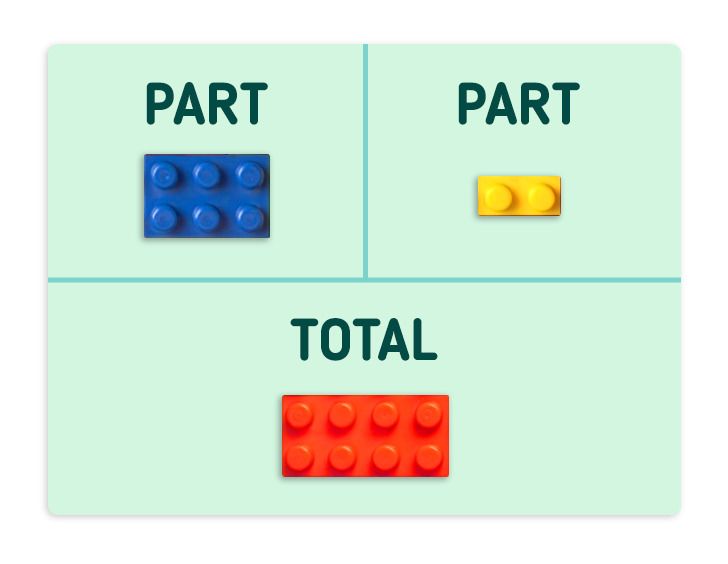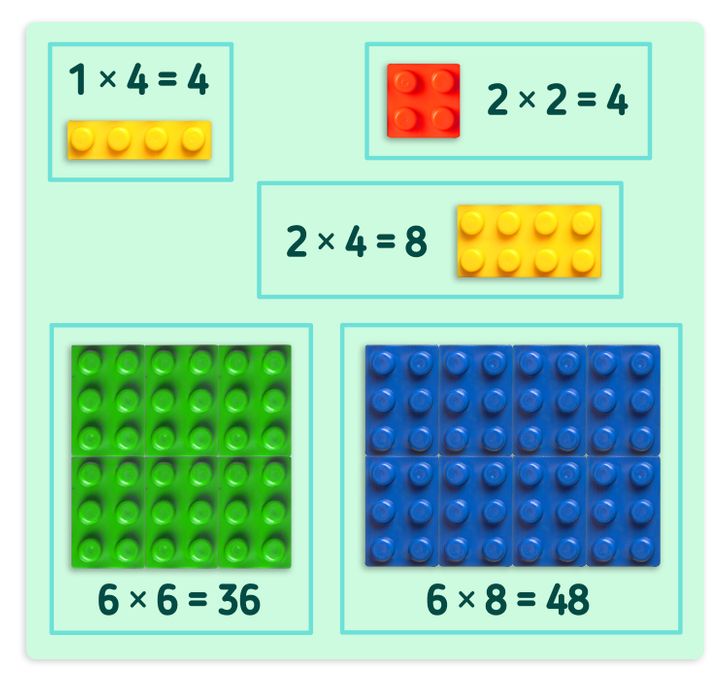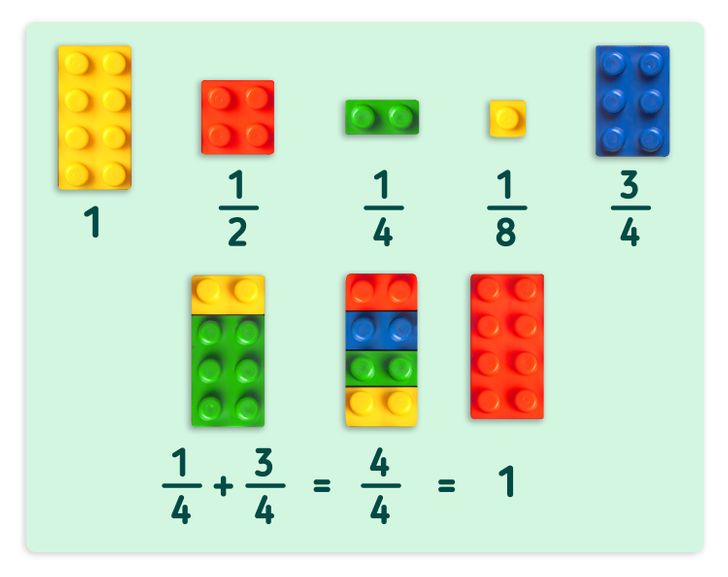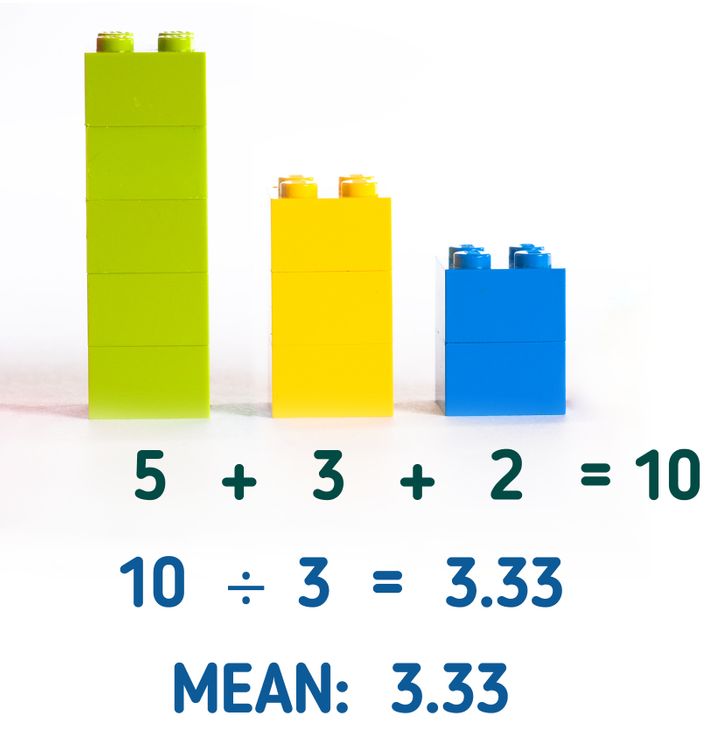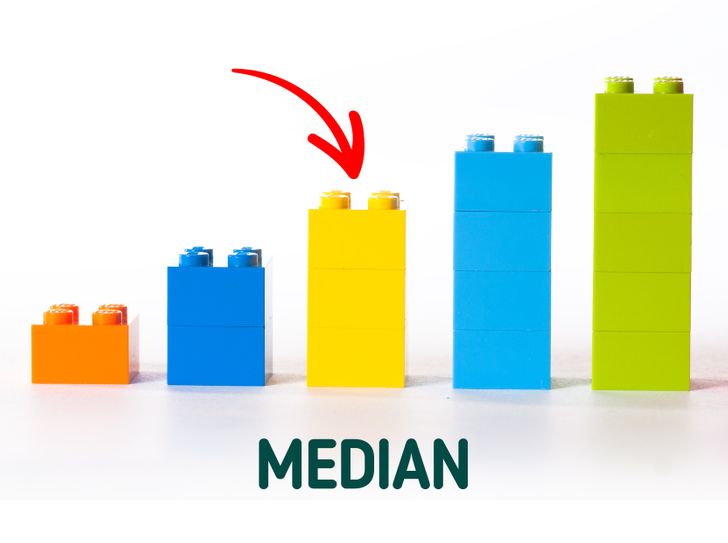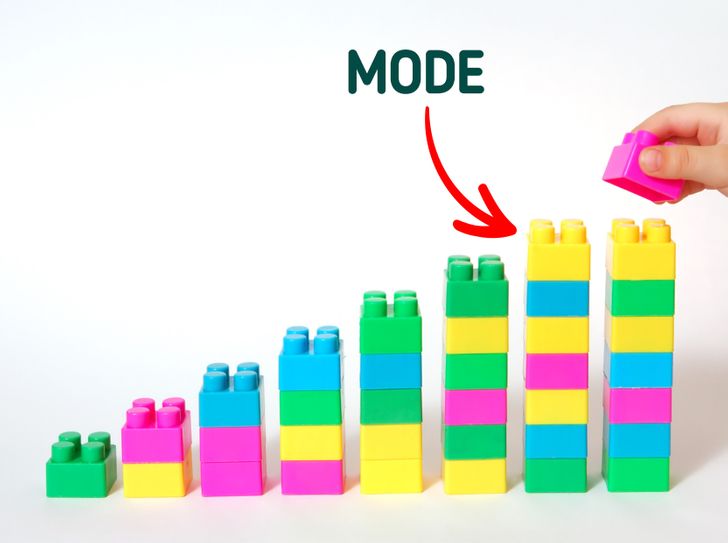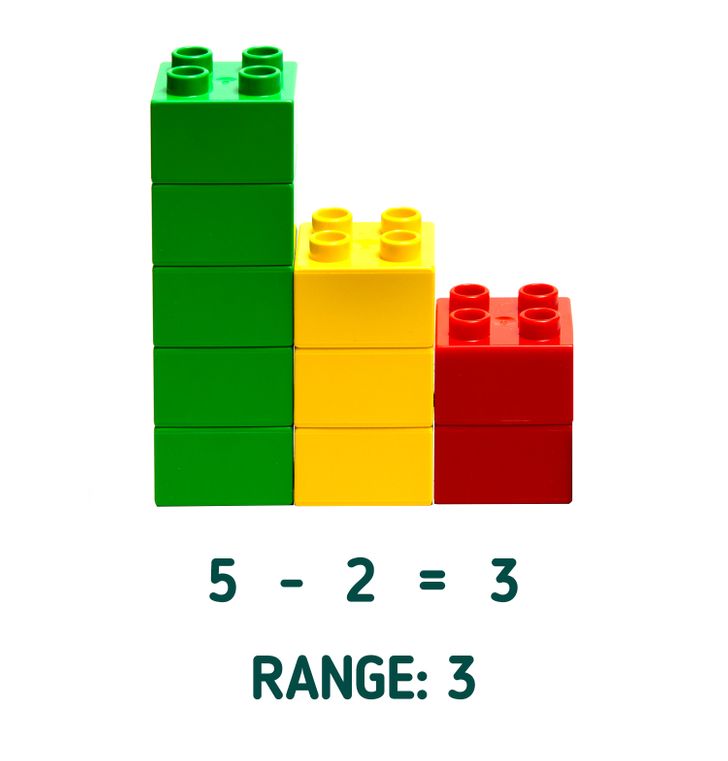How to Teach Math to Children With Lego Bricks
Mathematics is not usually the strongest, or favorite, subject for children. In fact, not many adults like it either. However, teaching numbers and fractions can be easier than you might think, and it can even be fun.
At 5-Minute Crafts, we’re sharing a very simple trick to help turn learning time into a moment of play and creativity, using nothing more than Lego pieces.
Start with totals.
Knowing how to compose and decompose numbers is absolutely necessary to understand the principles of arithmetic operations. When children are still very young, they can learn this skill by adding numbers. Use 3 Lego blocks with 8, 6, and 2 dots. In this way, by building or placing one piece on top of another, you can play with hiding some points and find the total of the parts.
Learn how to multiply.
Lego blocks help to understand the concept of area and also the square of numbers. Moreover, they are excellent for explaining the commutative property of multiplication: “The order of the factors does not alter the product.”
Ask the child to do the problem: “Build a box for 8 pieces of candy.” Just tell them that the box has to be square or rectangular, and they can freely design the dimensions.
The first box is easily found to be: 2 × 4 = 8 pieces of candy. Plot the result on graph paper.
How to do fractions.
Fractions can be a headache, but not when done with tangible, visible objects like Legos. Use the dots on the pieces to differentiate the integers from the divisions.
Understanding concepts like mean, median, mode, and range.
- To get a mean or average, for example, build 3 towers, the first with 5 blocks, the second with 3, and the third with 2.
- Then add up the total blocks, which will be 10 (the 3 towers).
- Divide the 10 by 3 (because there are 3 towers). And that indicates the average or the average number of blocks there are.
To calculate the median, form 5 ordered towers of one color each. The middle one would be the median.
To calculate the mode, assemble several towers with different colors; in this case, yellow predominates, therefore, yellow would be the mode.
The range is a numerical value that indicates the difference between the maximum value and the minimum value of a statistic.
To calculate the range, form 3 towers: one with 5 pieces, one with 3, and one with 2. We subtract 2 from 5, and the result, 3, is the range.
